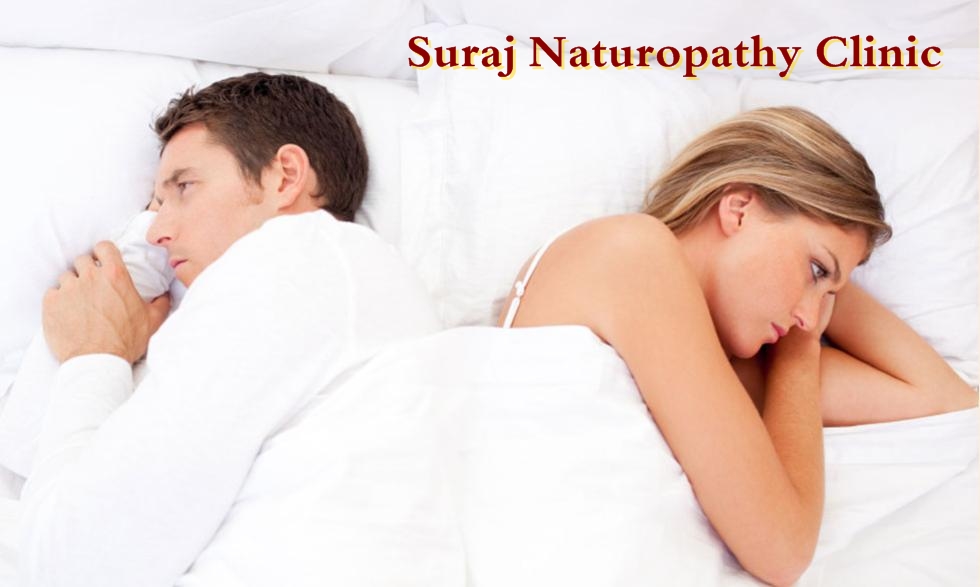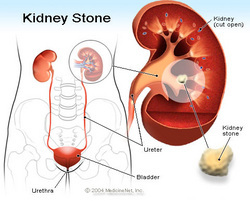
Book Appointment(Lucknow):+91-9335685442/9235721729
Book Appointment(Delhi):+91-9582104485/9312401161
Kidney stones occur when salts in the urine form a solid crystal. These stones can block the flow of urine and cause infection, kidney damage or even kidney failure. Between four and eight per cent of the Australian population suffer from kidney stones at any time. They can vary in size and location. Kidney stones are sometimes called renal calculi.

Most kidney stones can be treated without surgery. However, pain can be so severe that hospital admission and very strong painkillers may be needed. Always seek immediate medical attention if you are suffering strong pain.
The risk of kidney stones is about one in 10 for men and one in 35 for women. After having one kidney stone, the chance of getting a second stone is between five and 10 per cent each year. Up to half the people with a first kidney stone will get a second stone within five years. After five years, the risk declines. However, some people keep getting stones their whole lives.
Types of kidney stones: There are four major types of kidney stones, including:
• Stones formed from calcium not used by the bones and muscles, combined with oxalate or phosphate – these are the most common kidney stones
• Stones containing magnesium and the waste product ammonia – these are called struvite stones and form after urine infections
• Uric acid stones – these are formed when there is too much acid in the urine • Cystine stones – these are rare and hereditary.
• Causes of kidney stones
A kidney stone can form when substances such as calcium, oxalate, cystine or uric acid are at high levels in the urine, although stones can form even if these chemicals are at normal levels. Medications used for treating some medical conditions such as kidney disease, cancer or HIV can also increase your risk of developing kidney stones. A small number of people get kidney stones because of some medical conditions, which can lead to high levels of calcium, oxalate, cystine or uric acid in the body.
